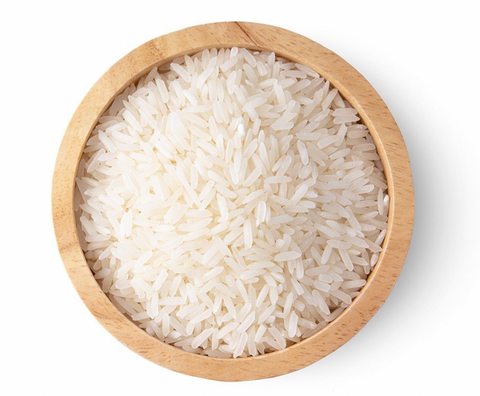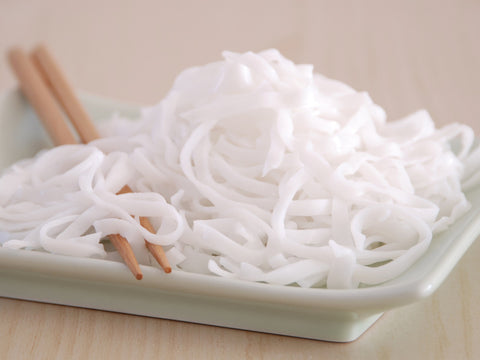Rambutan is a good source of vitamin C and calcium, rambutan fruit provides fairly a good amount of niacin, iron, protein and fiber. A recent study found out that eating nine to ten fruits and vegetables of rambutan family per day, were effective in lowering blood pressure
Rambutan measures about 3-4 cm in diameter and breaking open the hairy outer peel exposes a white to translucent flesh that is firm and sweet, surrounding a hard seed beneath. With a hint of acidity to it, its taste is described as grape-like and is very refreshing.
The Rambutan trees could grow as high as 20 m, with broad foliage and has numerous branches. It bears fruits around May, which is the beginning of the rainy season, and lasts when the season ends around October of every year. The fruits grow in large bunches, and with its attractive color and appearance, these fruit-bearing trees could be eye-catching just as how fruit stands along the roads and intersections come alive during Rambutan season when they are filled with the tiny bright red fruits.
Rambutan is not only delicous and a favorite fruit of many people but also has many advantages from all parts. Rambutan fruit contains carbohydrate, protein, fat, phosphorus, iron, calcium and vitamin C. Coat tannin of fruit and Leaves contain saponin. The seeds always contain fat and polifenol. Skin and stem contains tannin, saponin, flavonida, pectic substances, and iron.. Rambutans roots, bark, and leaves have various uses in the production of dyes and drugs. Part of this plant can be used as a medicinal fruit and have benefits for health such as
- Reduce Body Fat
- Make skin softer
- Hair care
- Treat dysentery
- Treat diabetes
Choose a Rambutan that looks fresh and is deep red in color with freshy leathery hairs. It should feel and look strong. The Rambutan available in the market are generally insect prone. So be double cautious while buying them and avoid even the slightly rotten fruits.
(Source: FRUITVN)



